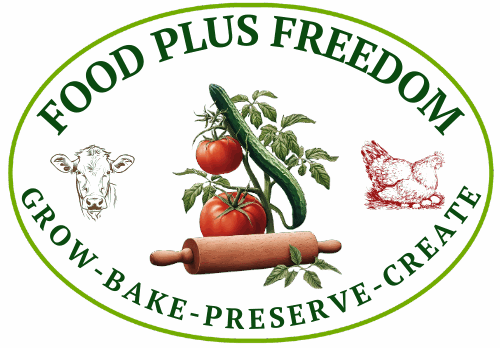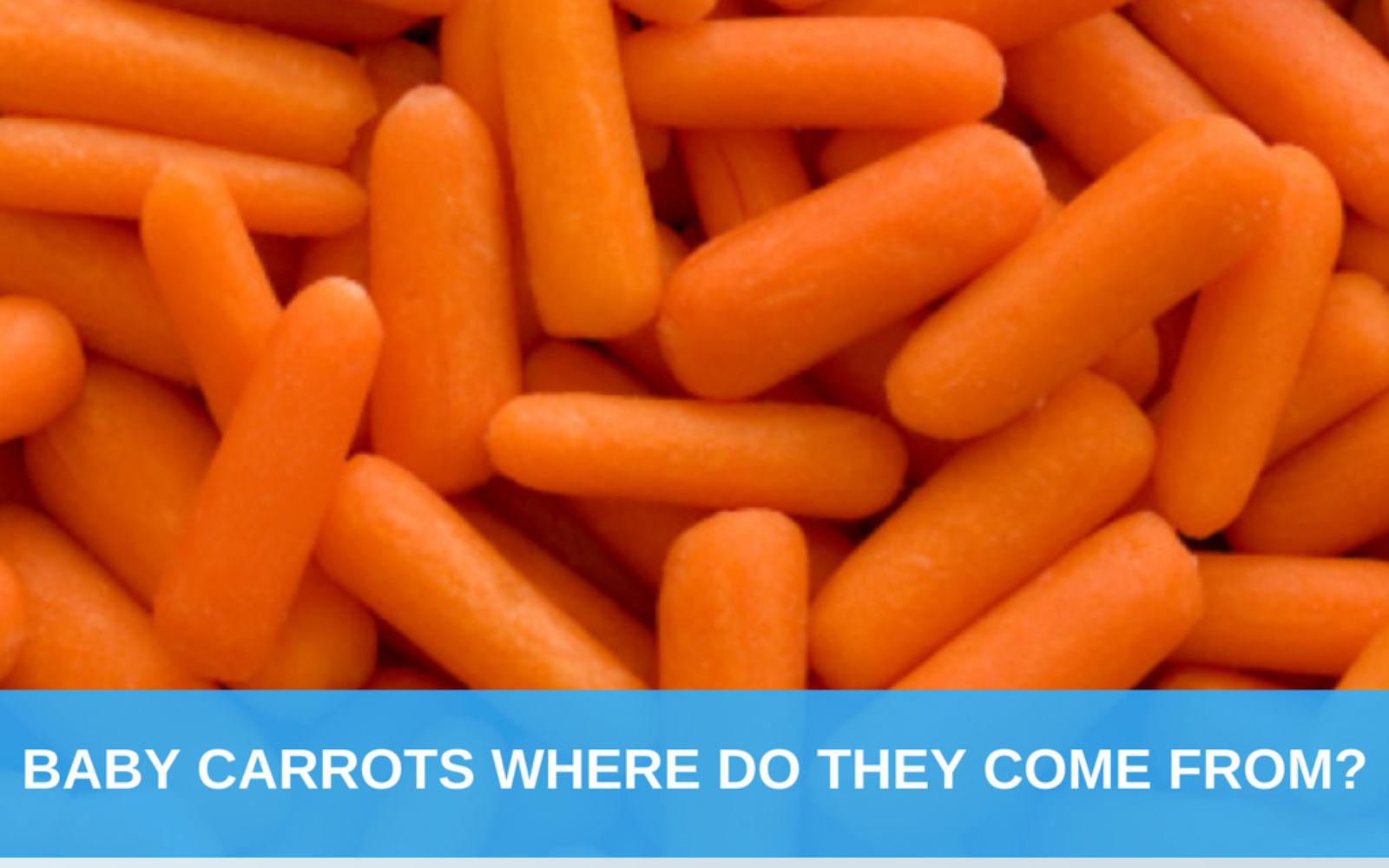Quick Question?
What orange vegetable is bite size from the store, found in many veggie trays, and is a long root vegetable?
If you said baby carrots, you would be right. There are a few things you should know before you eat another baby carrot. Like how those baby carrots became baby carrots in the first place, including processing.
Not long ago, one of my readers asked me about those cute little baby carrots. She had a concern after reading an article about baby carrots and how they become baby carrots.
In the name of understanding food, I put on my sleuth hat and began investigating.
My first stop in this investigation began at the grocery store. It was easy to spot the baby carrots on the shelf. In my local grocery store, they’re available in both organic and non-organic. Looking closely at them, I noticed two things. All carrots seemed identical in size. Additionally, all baby carrots were smooth. They’re peeled and the perfect size to pop into your mouth.
Hmmm, I began thinking about the farmers’ market and my garden. The closest I’ve ever seen a carrot to this size was a Tom Thumb carrot. And they weren’t perfectly rounded at the top and bottom. Plus, the carrots were not uniform from carrot to carrot.
Where do these baby carrots come from, if not from a garden or farm?
May I introduce you to the name Mike Yurosek, a smart carrot farmer, who created baby carrots in the late 1980s. Mike created them to make a profit on carrots the supermarkets wouldn’t buy due to how they looked. He was always throwing away tons of carrots every year he couldn’t sell. Before baby carrots came along, the majority that didn’t make the whole carrot cut, ended up in the trash or compost.
To make the carrots, Mike Yurosek used an industrial bean cutter to cut the carrots into 2-inch lengths. Then he used an industrial potato peeler to smooth the carrots to the perfect size and texture. Not only did this invention help the farmer, but it also gave whole pieces of carrots to the public for easy eating. Not to mention, it helped change the carrot farming industry forever. Today, some carrot farms grow and cultivate carrots, specifically for the baby carrot industry.
Now you know how baby carrots were created.
How are baby carrots processed once they become small, smooth, baby carrots?
After getting cut and peeled, baby carrots get rinsed in chlorinated water. They get a second rinsing of plain water before being packaged. Chlorine water is used in many pre-cut veggies to limit the risk of food-borne illnesses such as E-coli. All chlorinated water rinses are within EPA standards. If that makes you feel better or not. Think about it. Your fresh carrots could have chlorine on them.
Yes – organic and conventionally grown baby carrots both go through the same process.
Remember, organic means how your food is grown and processed without GMO (genetically modified organism) or GE (genetically engineered). Organic means no synthetic pesticides and grown in a humane way. But chlorine is allowed in small amounts in organic food and processing for sanitation.
So, let’s think about all this information for a minute.
The baby carrot is still a carrot and comes with all the nutritional benefits of a regular carrot. This is awesome – whole food.
Baby carrots help feed more people, help the farmer, and have less waste. Plus, the carrot industry has grown into a more diverse farming practice. These are all good, in my opinion. What about yours?
But baby carrots are first washed in a chlorine solution, then rinsed again in plain water. Are you okay with this? What is the amount of chlorine left on the carrots? Does anyone actually have any idea?
Options:
If you’re not okay with your baby carrots being washed in a chlorine solution, but you love the convenience – you have three options. But a small amount of work is necessary.
- Find true baby carrots like a Tom Thumb type of carrot which are not manufactured. They do not look perfectly shaped. They look like an actual miniature or young carrot. The tops are wider, and the bottoms smaller. You may see these in grocery stores and at your farmer’s market.
- Grow your own true baby carrots. They mature faster than other carrots just because of size.
- Make your own baby carrots or carrot slices from larger carrots.
All three of the above options will save you money.
Make your own baby or bite-size carrots in 4 quick steps.
- After purchasing or growing your own organic carrots, wash off the carrots and either remove the skin or scrub the skin off with a pot scrubber.
- Cut the carrots into any size you want. You can use a knife, a slicer, or food processor.
- Rinse the carrots a second time in cold water.
- Store cut carrots in your refrigerator either in water or in a damp towel.
Carrots stored in water will lose nutrients. You will need to change the water daily to every few days to prevent spoilage. You don’t want the water or carrots to feel slimy.
If you’re storing your cut carrots in a damp towel, place the towel and carrots in an airtight container. Change damp towel as needed.
If the carrots will be gobbled up within a day, you can leave the damp towel in an open container in the refrigerator.
Personally, I avoid chlorine and other chemicals. I know the organic industry has its regulations about it, but I don’t want it. I use peroxide to wash most things in my house.
Now you know how your baby carrots are created and processed. Plus, you have a few options if you want bite-size carrots without the chlorine.
Enjoy!

